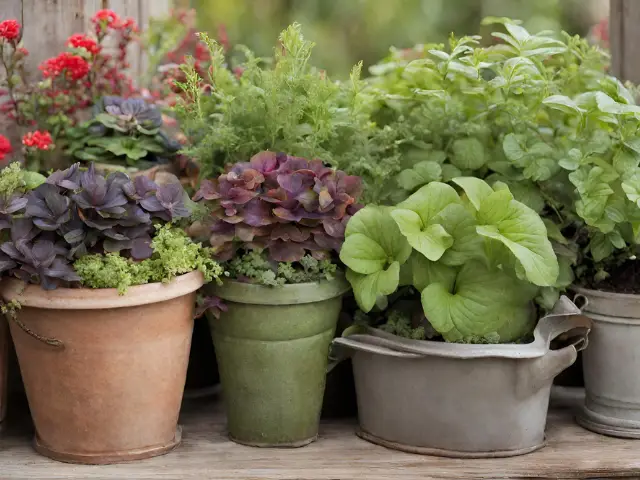Container gardens are a popular choice for many homeowners as they offer a convenient and versatile way to cultivate plants in limited spaces. However, like any form of gardening, container gardens can come with their fair share of problems. Let’s explore some common issues that gardeners encounter in container gardening and provide troubleshooting tips to overcome them.
1. Poor Drainage: One of the most common problems in container gardens is inadequate drainage. Without proper drainage, excess water can accumulate in the containers, leading to root rot and plant death. To combat this issue, ensure that your containers have drainage holes at the bottom. If your pots lack these holes, consider drilling some yourself. Additionally, use well-draining potting soil mixtures and avoid overwatering your plants.
2. Overwatering: Overzealous watering is another common mistake made by container gardeners. While it is essential to keep plants hydrated, excessive watering can drown the roots and cause waterlogged soil conditions. To prevent this, check the moisture level of the soil before watering by sticking your finger about an inch deep into it; if it feels dry, it’s time to water. Furthermore, make sure your containers have proper drainage and use pots with saucers to catch excess water.
3. Nutrient Deficiencies: Container gardens often suffer from nutrient imbalances since potted plants rely solely on the available nutrients within their confined space. To prevent nutrient deficiencies or imbalances, fertilize regularly with a slow-release granular fertilizer or organic alternatives such as compost or worm castings. Follow the recommended application rates for specific plants and adjust accordingly based on their growth rate and appearance.
4. Pests and Diseases: Just like traditional gardens, container gardens are vulnerable to pests and diseases such as aphids, mealybugs, powdery mildew, or fungal infections. Regularly inspect your plants for signs of infestation or disease like distorted leaves, discoloration, or unusual growth patterns. To combat these issues, introduce beneficial insects like ladybugs or lacewings, use insecticidal soaps or neem oil sprays, and promptly remove any infected or damaged plant material to prevent further spread.
5. Inadequate Sunlight: Insufficient sunlight is a common problem in container gardens, particularly for those situated in shaded areas or indoors. Different plants have varying light requirements, so ensure you select suitable varieties for the available light conditions. If you lack direct sunlight, consider using artificial grow lights to provide adequate illumination. Additionally, rotate your containers periodically to promote even growth on all sides of the plant.
6. Crowded Containers: Overcrowding is a mistake often made by novice gardeners who want to maximize their limited space. However, cramming too many plants into a single container can stunt their growth and lead to competition for resources. Allow enough space between each plant when arranging your containers and consider the mature size of the plants you choose. If necessary, transplant overcrowded plants into separate pots to give them room to thrive.
By addressing these common issues in container gardening proactively, you can maintain healthy and thriving plants throughout the growing season. Troubleshooting problems such as poor drainage, overwatering, nutrient deficiencies, pests and diseases, inadequate sunlight, and crowded containers will help you create a successful and bountiful container garden that brings joy and beauty to your home.













